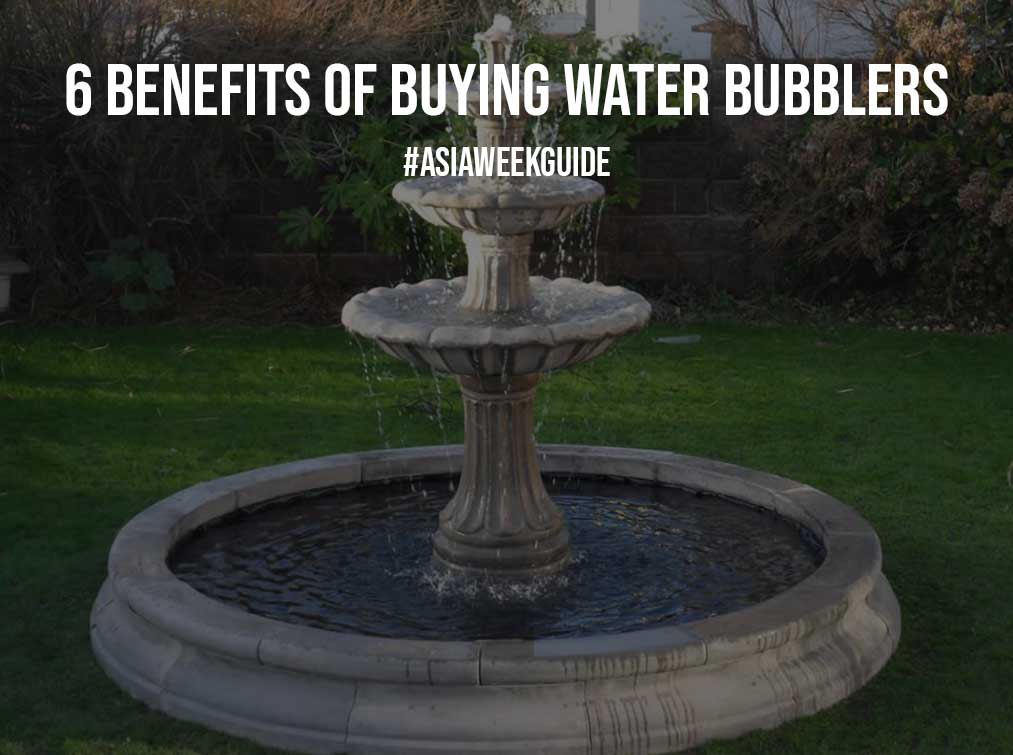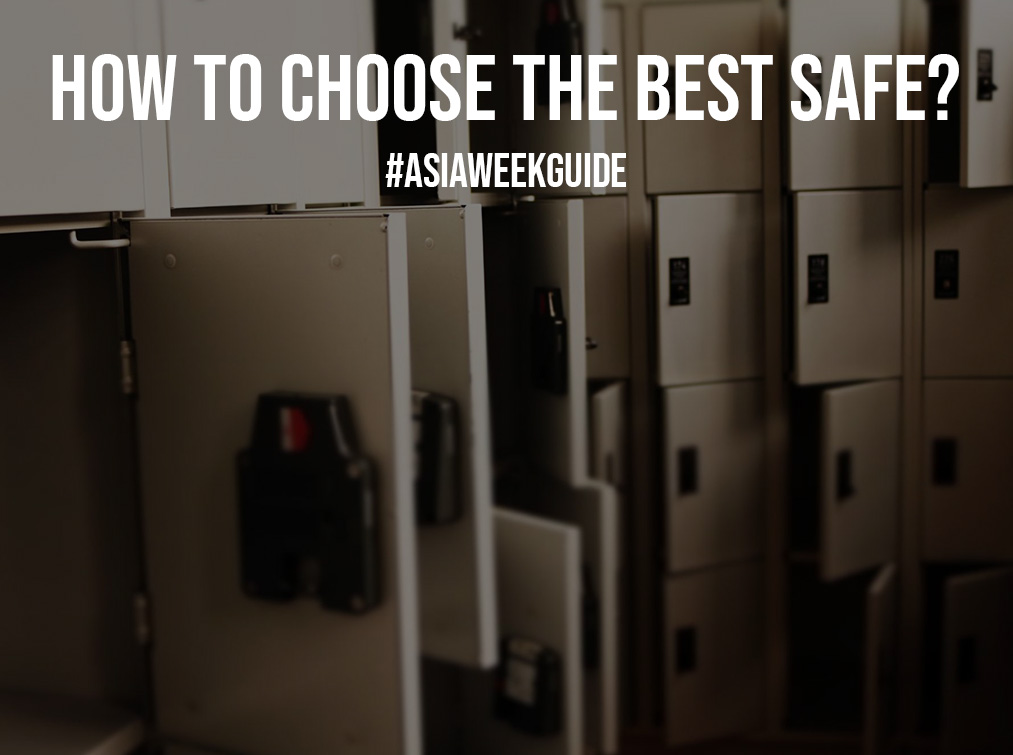Fish are frequently considered of being low-maintenance pets. While it’s true that fish don’t often require a lot of attention, setting up an aquarium may be a much bigger undertaking than most people realize. A poorly maintained aquarium can be fatal to fish, so study as much as you can before purchasing any pets for it. You’ll find a helpful checklist as well as extensive descriptions of things to look for when purchasing your first aquarium below.

1. The Right Stand
Aquariums are heavy, weighing about ten pounds per gallon of water capacity, so plan ahead. A particle board bookcase is rarely strong enough to support anything larger than a small aquarium. Use a proper aquarium stand that can support the weight of an aquarium.
Most aquarium warranties are null and void if the aquarium is not mounted on a suitable stand. If you are handy with a hammer and saw, there are blueprints available for creating your own stand.
Also Read: 47 Home Repair Skills You Need to Survive Homeownership
2. Hood Or Lid
A lid can be purchased separately from the light, or the lid and light can be combined into a single unit known as the “hood.” The lid protects the fish by covering the tank and preventing them from jumping out. It also prevents the light from getting wet by reducing evaporation.
When the lid and the light are merged, the lid is frequently constructed of plastic, which is less expensive, lighter, and less likely to break. Glass lids are easier to clean, give a more secure seal, and let more light into the aquarium.
3. Boxes With More Space
Although bigger is better, take in mind how much space you have. In a dorm room, a 55-gallon tank is excessive. A 20-gallon tank, on the other hand, can fit practically everywhere.
Shorter, longer tanks provide more swimming room and surface area for air exchange, thus avoiding tall, narrow tanks. Many people prefer glass aquariums, however, acrylic tanks are lighter and safer to use around children, especially if there’s a room with a big baby playpen nearby.
Keep in mind that acrylic tanks need support all the way around the bottom, not just the sides.
4. System For Filtration
An important component of equipment is the filtering system. It keeps the water clean and healthy for the fish, therefore invest in the best filter you can afford. A power filter with a bio-wheel system and quality aquarium ceramic rings is highly recommended, despite the many different designs available.
The filter’s size must correspond to the aquarium’s dimensions. Choose a filter with a flow rate of at least four times per hour to filter all of the water in your tank. A filter with a flow rate of at least 80 gallons per hour is required for a 20-gallon tank, for example (GPH).
5. Light
Although the aquarium light is usually included with the lid, you may be able to buy it separately. Incandescent, halogen, fluorescent, mercury vapor, metal halide, and Light Emitting Diode (LED) bulbs are some of the lighting alternatives available.
LED lights such as the best LED downlights in India are becoming more widely available. They are the ideal choice because they consume less electricity than other bulbs, are less expensive to operate, and do not heat the water.
6. Heater
To stay healthy, each fish species has a preferred temperature range. Temperatures of 74 to 77° F are ideal for most species. You’ll need a heater unless your home is always in that temperature range.
Aquarium heaters are available as hang-on-the-tank or submersible types, with either a numerical or an up-and-down control. Choose a submersible with a numerical dial. Despite the higher price tag, these items are well worth the extra money.
7. Substrate
The aquarium’s bottom is lined with this material. Small, smooth, dark-colored gravel is recommended in most cases. For every gallon of water, use one pound of gravel. Before you put the gravel in the aquarium, make sure it’s clean.
8. Fishnet
Select a good-quality, medium-sized net. Obtain two nets if possible. With two nets, catching fish is easier, and having a second net is always a good idea.
One of your nets may be torn or misplaced at any time. When collecting fish in a large aquarium, the length of the handle should be proportionate to the size of the tank, so you don’t have to stick your hand in the water.
9. Kits For Diagnostic Testing
It’s vital to test the water in a new aquarium. At a minimum, ammonia, nitrite, and pH testing kits should be available. There are further tests for nitrates, hardness, alkalinity, and chlorine.
If you follow the manufacturer’s instructions and keep the strips carefully, multi-test strips will suffice. In-tank testing monitors have gained popularity in recent years. These are mounted against the tank wall inside the aquarium and monitor the water chemistry on a constant basis.
Also Read: Types of Smart Home Appliances and their Benefits
Conclusion
Check the tank for leaks before putting it up (particularly if it has been used). Place it outside and fill it with water for a week. A leak in your carport is far less of an issue than one in your living room.
Using soaps or detergents to clean the tank is a no-no. Nothing except water will do. Wash everything plastic in a mild bleach solution to sterilize the tank, gravel, and other items (use pure bleach, not one with other additives).
Rinse everything well with clean water and immerse for a few minutes in a dechlorinator solution. It is possible to sterilize non-plastic gravel by boiling it.


